Connecting Bruel & Kjaer lab mic (2807 PS out) to iPhone15 ProMax?
I now have my first cellphone and have signed up for the basic Signal Scope X package, which will be upgraded to Signal Scope Pro package. I see in it's specs you can connect a proper lab mic/power supply to the iPhone 15, which uses USB-c connection. What hardware will allow me to connect an appropriate connector from my B & K Power Supply to this USB-c connector. I've not yet found details on input to the iPhone. Did just purchase FiiO KA5 for decent DAC output from it.
0

Comments
In short, you can use any USB Audio Class-compliant hardware interface with your iPhone.
Since you are using a B&K 2807 power supply, you'll want to make sure that you choose an audio interface that supports the range of voltages that your 2807 will produce with your chosen microphone and the acoustic pressure you expect to measure. The 2807 can output up to 30V, which can be difficult to find in an audio interface, but which you also may not need.
You might want to consider USB Audio options available from MOTU, RME, and CEntrance.
If your B&K microphone preamp were a CCLD-type, then you would't need a separate power supply and could use the 485B39 from The Modal Shop. The 485B39 would be a very portable solution.
We recently published an article on our blog about choosing a measurement microphone. You might get some additional insight relevant to your own needs if you take a look at it.
Which Measurement Microphone Should I Use with iPhone, iPad, or Mac?
Looking at the faceplate of a B & K 2608 Measurement Amplifier (I use a 2606 or 2607 normally), 94dB SPL output on my calibrator at the diaphagm of a 4133 or 4134 mic capsule, that's about 500mV on the output, as 1V range corresponds to 100dB FS. If using a 124 dB SPL pistonphone, now we're over 10V RMS on the output of the mic (B & K 2619 + capsule). My normal SPL range when doing acoustical measurements of guitar and bass amps that pass thru my shop, ranges from 90 to 110dB SPL during burn-in. I'd think that should be handled by most input interfaces to a iPhone 15. Or doing sound measurements in a rehearsal studio where my shop is located (CenterStaging, LLC Burbank Ca), I could be seeing peak levels hitting 120dB.
So, still looking for an answer as to WHAT Interface will couple my output from the 2807 Mic Power Supply (from my 2619 + 1/2" mic capsule) to get into the USB-c connector of the iPhone?
Thanks for the additional info. It looks like your best bet is an audio interface that offers line-level input up to +24 dBu (12.283 Vrms).
For example:
MOTU UltraLite mk5
RME Fireface UCX II
RME ADI-2 Pro FSR BE Reference AD/DA Converter
With a suitable USB-C adapter cable, or USB-C hub, you'll be able plug any of these into your iPhone. The interface will need to be powered externally with its own power adapter.
Prices.....OUCH!!!!! So much for being able to just simply connect the hi end lab mics/supplies I have into the iOS device. I wasn't looking to spend that kind of money. There's gotta be something more affordable out there than these.
Correction: I believe that the output of your B&K power supply is single ended (i.e. 'unbalanced' in audio terms) and the max input voltage specified on most pro audio interface hardware is differential (balanced). So, the +24 dBu max input specified for the devices I mentioned previously would actually be limited to +18 dBu as far as the B&K power supply is concerned.
This means that you may not be able to avoid using some kind of attenuator for your setup. You could also use an audio attenuator with a less expensive interface.
For example:
12 dB RCA Line Level Attenuator
With this attenuator and the MOTU M2, you can input up to +22 dBu (single-ended/unbalanced).
If you don't care so much about the quality of your data converters, you can work with even less expensive audio interfaces.
Example: M-Audio M-Track Solo
Less expensive interfaces may require additional attenuation (perhaps, 24 dB rather than 12).